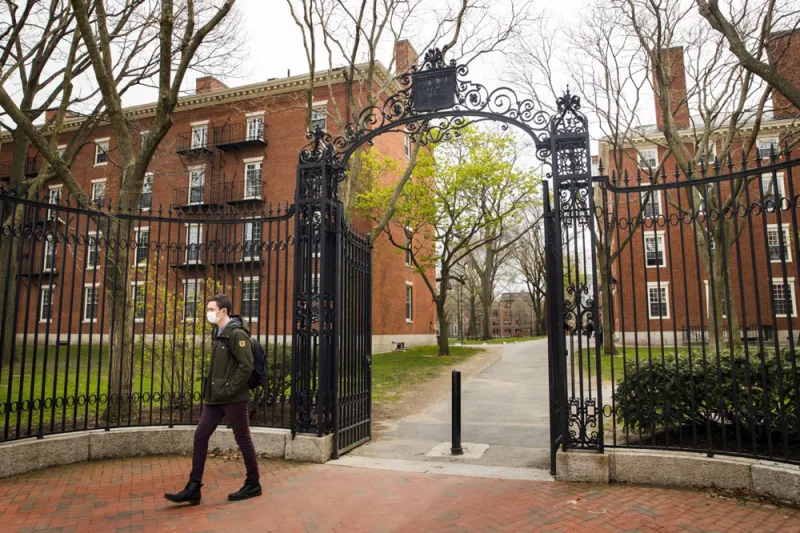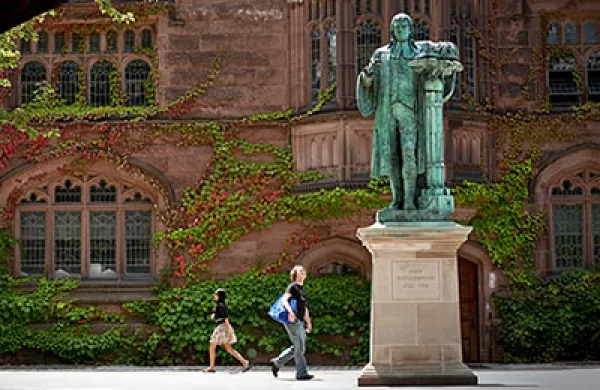As universities ready themselves for a semester defined by the coronavirus, their endowment staff are considering ways to offer up support without increasing their spending rate.
According to consulting firm NEPC’s Kristin Reynolds, some university funds are looking at lending money to their schools.
“When we talk to our university clients, instead of increasing the spending rate, they could loan their schools money for a period of time, recoup that money when cash flows improve at the university, and focus their endowment on long term investing,” said Reynolds, who co-leads NEPC’s endowment and foundations practice.
This fall, universities and their endowments will likely experience declines in both enrollment rates and donations. A June report from Fitch Ratings showed that annual enrollment at universities could fall by between 5 percent and 20 percent. This cash crunch means that university endowments need to get creative.
Enter endowment lending. Endowments already have fixed income portfolios, using loans to the government or corporations to generate interest. But, as Reynolds pointed out, interest rates are low on most government securities, while corporate lending tends to be riskier.
Lending to a university at a competitive rate means that an endowment is still generating returns on an asset that may be less risky.
The idea of an endowment lending to its university isn’t new. In fact, according to Reynolds, “it’s more common than you would expect.”
For example, if a university ran a fundraising campaign to construct a new building, that campaign could take three to five years to complete, Reynolds said. In the meantime, a university endowment could loan the school money so they could start building.
“They know the university is a good creditor,” Reynolds said. She added that an endowment would charge a “reasonable” rate of return and would slot the loan in its fixed-income portfolio.
Some endowments ran similar lending programs after the Perkins Loan program — low-interest loans for students with financial need — ended in September 2017.
According to Reynolds, after that program ended, universities found that their students were having trouble making ends meet.
“The students thought student loans were bad and deceptive,” Reynolds said. “They were charging their school costs on credit cards.” So some university endowments stepped in to create a small loan pool for students.
[II Deep Dive: Universities Were ‘Not Prepared’ for This Crisis]
“That idea is just morphing with Covid-19 and what we’re dealing with for schools in the fall,” Reynolds said.
When asked about whether these loans could pose a conflict of interest, Reynolds said that a competitive interest rate could keep those concerns at bay.
“The university would have had to go out to the markets to issue more debt anyhow,” Reynolds said. “At a smaller margin, it’s really a win-win for both.”







